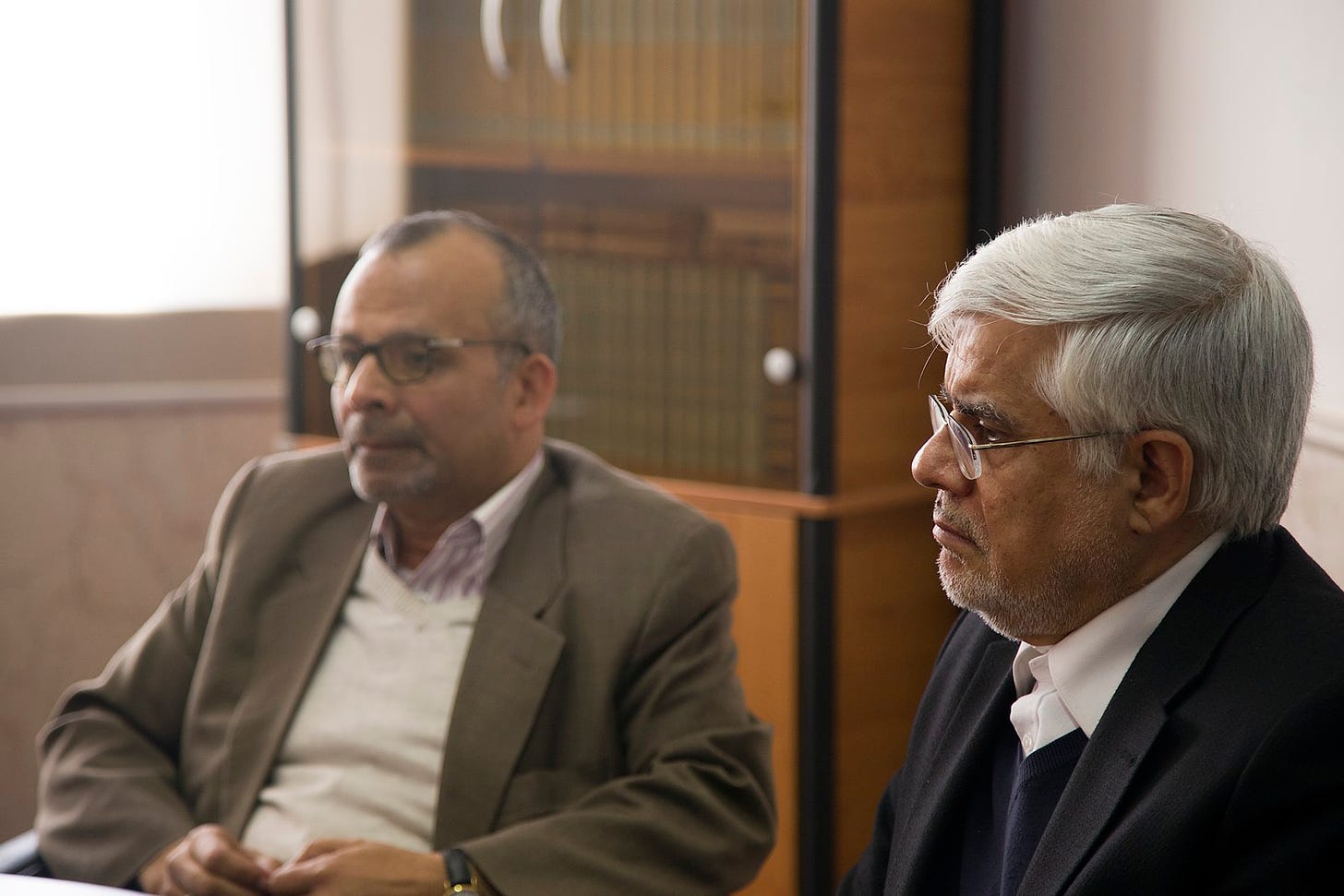Iran's Reformists Enter the Bargaining Stage of Grief
Iranian reformists face an uncertain future as they desperately try to find a presidential candidate that has any chance of winning.
The reformists in Iran have a problem.
The Joint Comprehensive Plan of Action, more commonly known as just the Iran nuclear deal, lays dead on the floor, waiting to be reanimated by someone who knows how. Just a few years ago, its signing had been the validation the mov…
Keep reading with a 7-day free trial
Subscribe to Séamus Malekafzali to keep reading this post and get 7 days of free access to the full post archives.



